Restoration of sofas at home
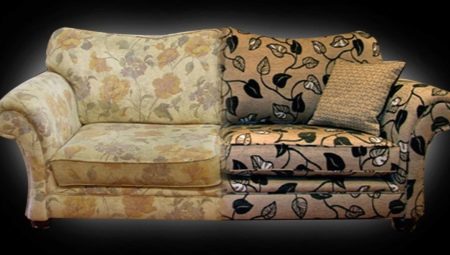
Heavy use is the enemy of furniture. Even the highest quality furniture loses its characteristics over time: the body wears out, the upholstery is torn, important parts are deformed. The easiest way is to throw out the sofa or chair, buy a new one - and that's it. But it is more interesting (and even more practical) to keep what can be used for more than one year. And not just preserve, but restore, giving the furniture a new life.
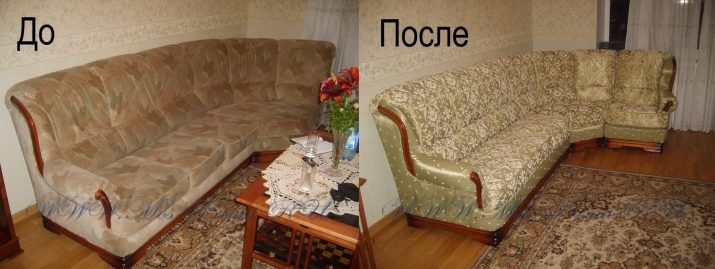
Features of self-restoration
There are many ways to restore an old sofa. Some pieces of furniture require partial restoration, many require a complete restoration. And although almost everyone has the opportunity to turn to professional restorers for help, more and more people, armed with their own knowledge, good tools and tips from the Internet, take up the matter with their own hands.

Updating an old sofa may require some work.
- Cleaning covers. If the sofa is not very large, you can do it yourself. But it is worth doing this only if the upholstery is still in good condition and it makes sense to clean it. In many cases, alas, you need to completely change the upholstery. For cleaning it is enough to find a suitable product and purchase new furniture fittings. It is not necessary to wash the upholstery in the usual way - most of the upholstery samples are not suitable for washing, the fabric is spreading or shrinking.
- Complete replacement of the cover. This option is costly, but the result is fundamentally different. It is not excluded that having removed the upholstery, you will see that time has "killed" the springs, that the chipboard is also broken. The restoration will become more complicated, but this is a necessary measure.To replace the upholstery, use modern durable fabrics - leatherette (many options), nubuck. Eco-leather is the most preferable option.
- Furniture banners. And this is no longer just a change of upholstery, but a number of more serious operations: repair of the frame itself, replacement of filler, replacement of locks and springs. This process is the most time consuming.
When the scope of work is clear, you need to see what materials and tools you have, and what you have to buy.
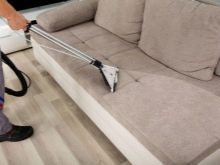
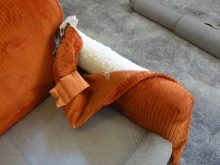
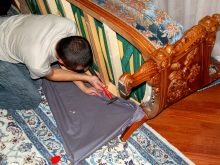
Tools and materials
Everything necessary for the constriction is selected separately, a different set will be required for sewing a new cover.
For constriction you will need:
- screwdrivers, pliers - you will use them to pull out old staples;
- a set of keys for manipulating nuts and bolts;
- roulette;
- construction stapler (pneumatic is also suitable);
- staples - their size depends on the density of the material with which you will be working;
- garbage bags.
To sew a new cover, you need to purchase fabric for upholstery and additionally fabric for lining.
You will need tailor's scissors, reinforced thread, marking crayons, a ruler, paper for patterns.
And you can't do without the sewing machine itself.
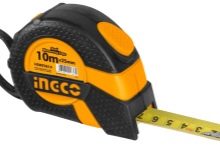


How to recover?
Restoring an old sofa with your own hands at home is a process that requires a comfortable workspace for the master. If you are engaged in the restoration of a Soviet sofa, most likely, you will have to change a lot. The antique sofa has even more problems dictated by the times. That's why from a financial point of view, buying a new sofa can be a smarter move too.
But if we are talking about assembling furniture that has value, is heirloom or rare, if you want to update, for example, a Stalinist sofa, the work is worth it. And even at home, and not in a special room, you can achieve success. This also applies to a corner sofa, a bench sofa, and a wooden one. You can solve this problem yourself, but according to a certain algorithm.
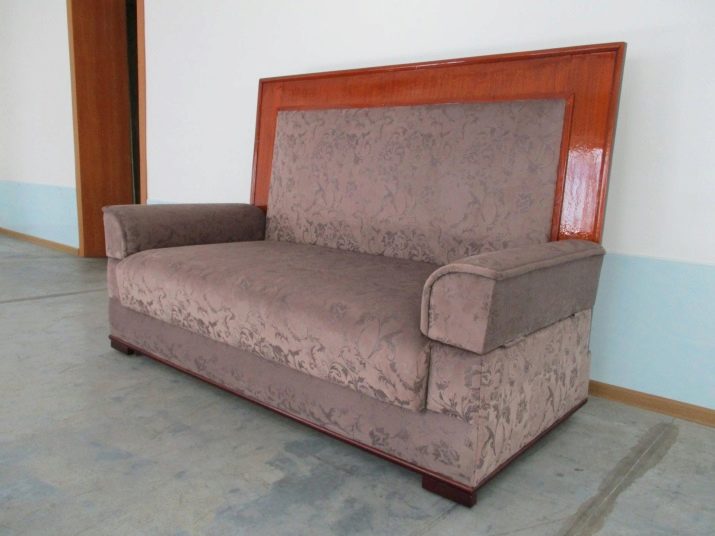
Disassembly
Restoring furniture always starts with dismantling. This means that you need to unscrew and remove the locks, unfasten the old brackets that previously attached the upholstery to the frame. Keep garbage bags nearby so you don't waste time cleaning the room later.
In fact, this stage is also a kind of diagnostic. Having disassembled the furniture structure, you will see what is inside the sofa, how intact it is, what needs to be changed and what is optional.


Replacing old elements
This is the main and rather laborious stage. Directly repair with replacement of old elements. If, for example, you see cracks on the frame beams, this cannot be ignored. You find solid beams and put them in place of the deformed ones. In this case, the sofa will serve for a long time, and it will no longer be squeezed.
If you notice other broken parts, they should be repaired or new ones should be immediately installed by sawing them out with a jigsaw.
And to fix the new parts, take nails or a pneumatic stapler. If the spring block has become unusable, it also needs to be replaced with a new, durable one, suitable for this sofa model.
Replacing the filler is also required. Usually foam rubber is taken for this purpose. Remove the old one, carefully insert the new one in its place. Next, you should start replacing the locks.
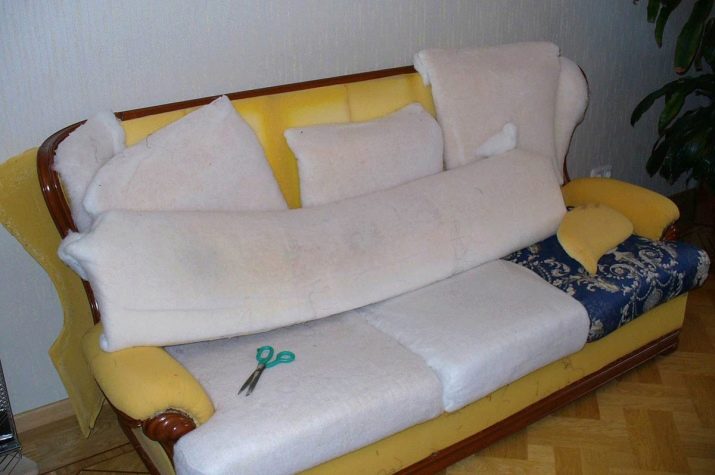
Padding or replacing upholstery
This is, one might say, the most creative stage of the work. Before purchasing a new fabric, measure the old one (already removed by this time). Add a margin of at least 50 cm to it, so you leave enough space for turns. The purchased material should be cut into separate elements. Let the old upholstery become the pattern, just shake it out well first.
Do not forget to leave allowances. If you sew the cover yourself, you will need a good overlock sewing machine. If there is none, you will have to contact a specialist. The sewn covers must be tried on before fastening.It is possible that at this stage it will become clear that they will have to be cut or sutured. The upholstery is fixed to the frame using a furniture stapler with staples. The standard spacing between staples is 40-45 cm.
Remember also that, for example, striped fabric should be cut in one direction... Of course, the cost of fabric will increase, and this should be known before purchasing.
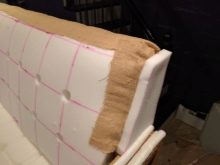
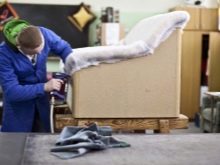

Decorating
Sometimes it is for the sake of a new "image" that people start restoring a sofa. This is especially true of Soviet sofas, strong, ready to serve for a long time, but visually do not fit into the modern interior in any way.
We offer several ideas for decorating a sofa.
- If the sofa has wooden armrests, they can be repainted. How to repaint the entire wooden part of the sofa. If for some reason the previous color does not suit you, take the one that your interior needs. The white version is often the ideal solution. If you do not want radical changes, it is enough to take the stain and slightly change only the shade of the part.
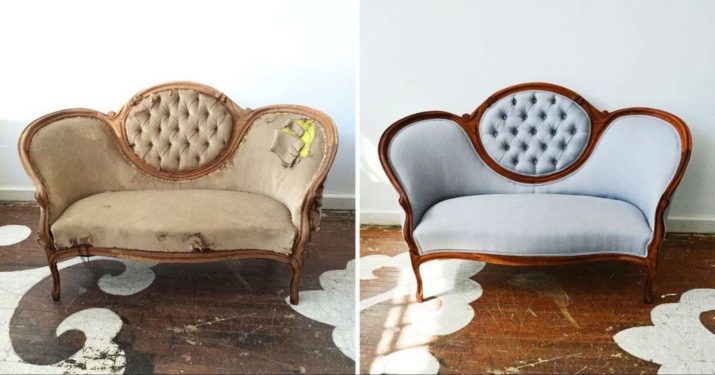
- Sofa cushions - variant lying on the surface. They can be made from the same fabric as the new upholstery. You can choose a fabric that is in harmony with the upholstery.
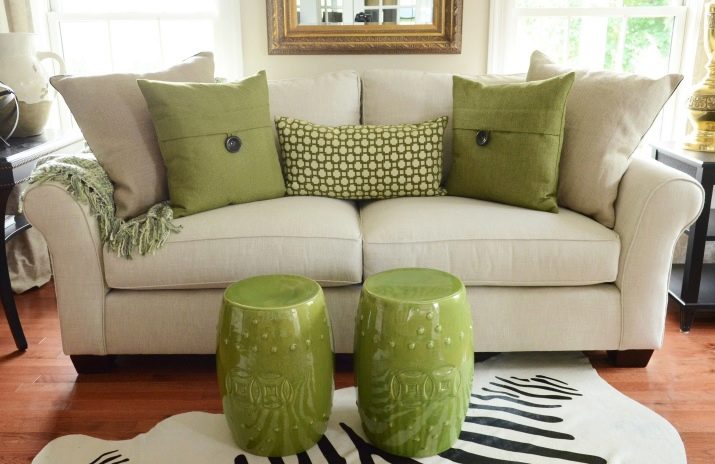
- Covers for armrests and a toy for a sofa. Another interesting option: for example, the armrests are made of a different material than the base. It so happens that the body is upholstered in jacquard, and the armrests are in leatherette. Leatherette is prone to rapid abrasion, and to protect it from such consequences, you can sew armrest covers. They can be removable - for example, seasonal or holiday. And to find them "company", you can sew an interior toy or a pillow toy from the same fabric.
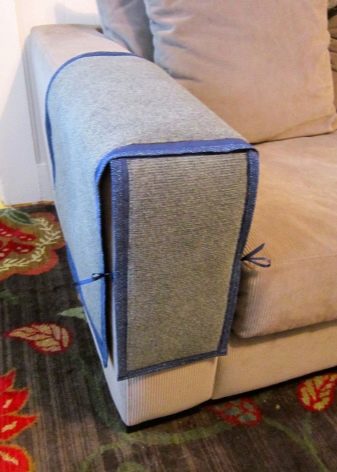
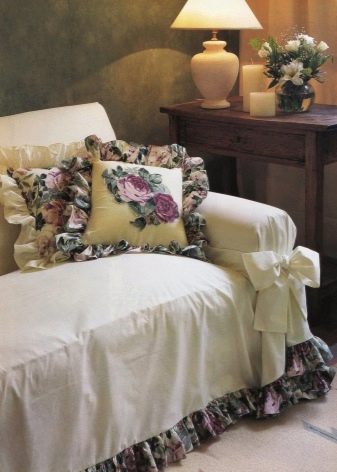
- Cape... Openwork knitted capes - vintage sofa design. They cannot be compared to the same type of blankets and bedspreads. If the sofa model is harmonious with this decor, you can knit the cape yourself or buy it from artisans. Furniture that showcases the style of a particular era is worthy of a design in the same aesthetic.
Very often, after the restoration of the sofa, you want further changes. Renewed furniture requires a change in the furnishings where it goes. The easiest way to organize a harmonious ally for an old sofa is to remake an old coffee table. When the furniture is set, it looks more convincing in the interior.
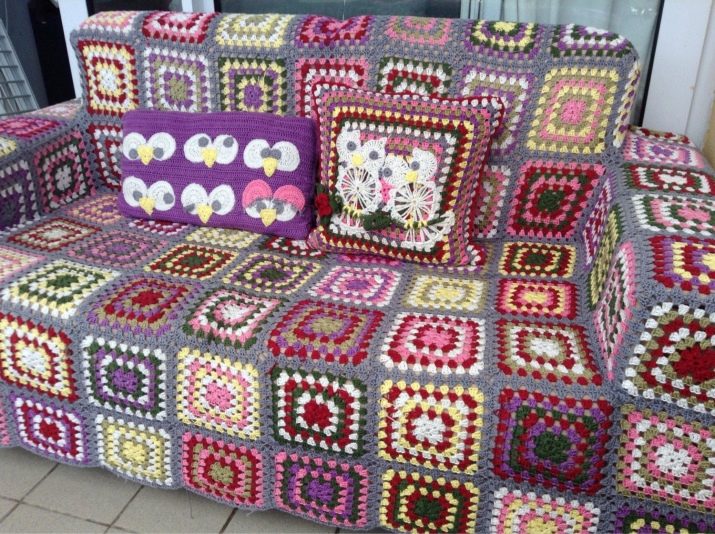
There is another type of decoration - when the restoration of furniture is minimal, it involves only minor manipulations. For example, a corner of a sofa that is still quite usable is frayed. In this case, artistic patches help out. These can be knitted elements that pass through the furniture with an openwork mesh, a pattern - it seems that this is how it might have looked initially.
Sometimes the legs are replaced in the sofa: instead of the old wooden ones, new ones are put, or even wheels are screwed instead of the legs, thanks to which the sofa becomes mobile.
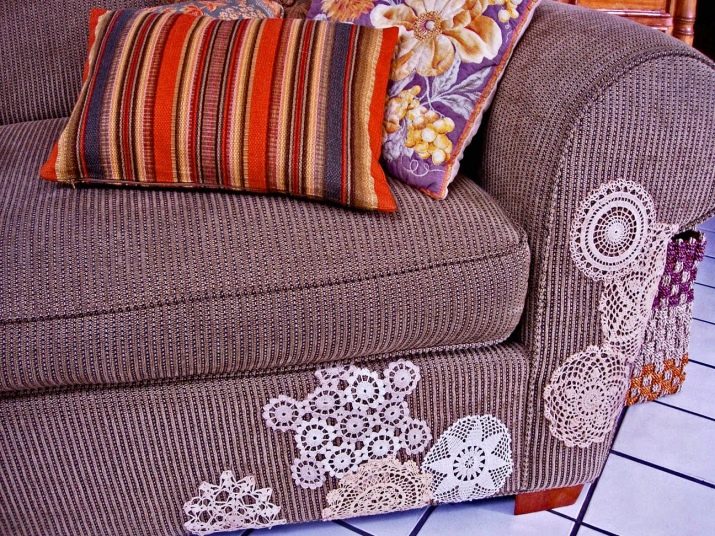
Restoration is an interesting, time-consuming process and, as many masters admit, addictive. Good luck in your endeavors!
See below for more details.








